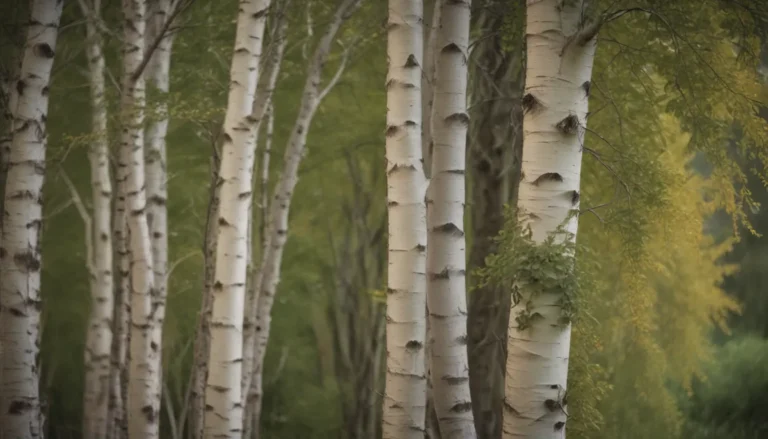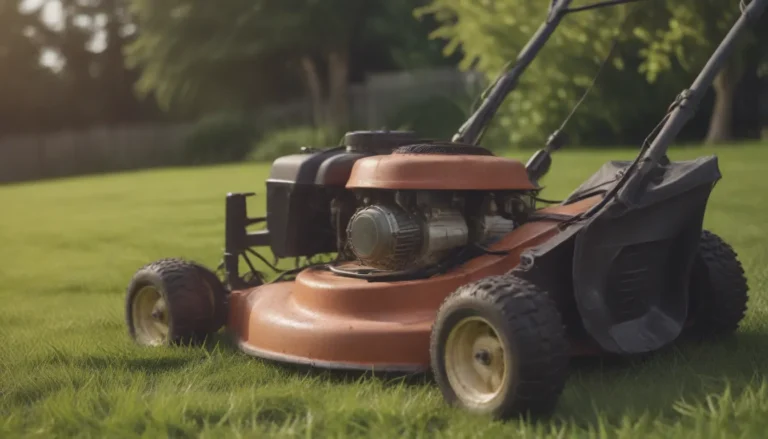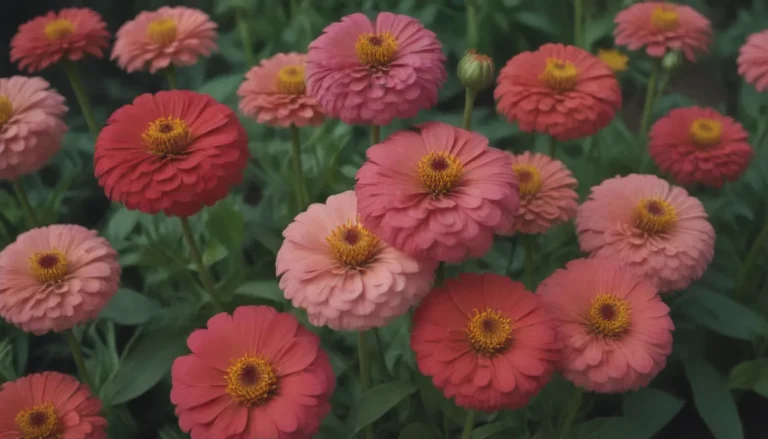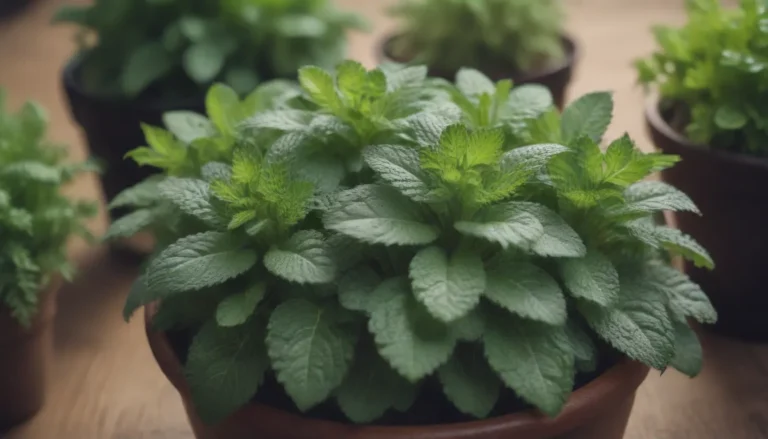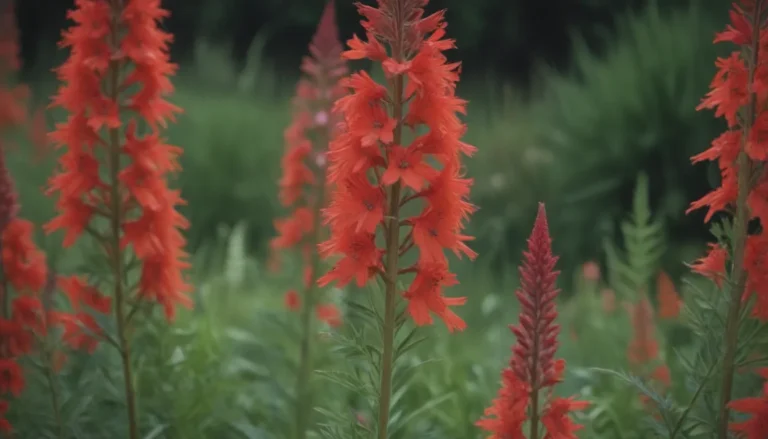The Ultimate Guide to Growing and Caring for Jicama
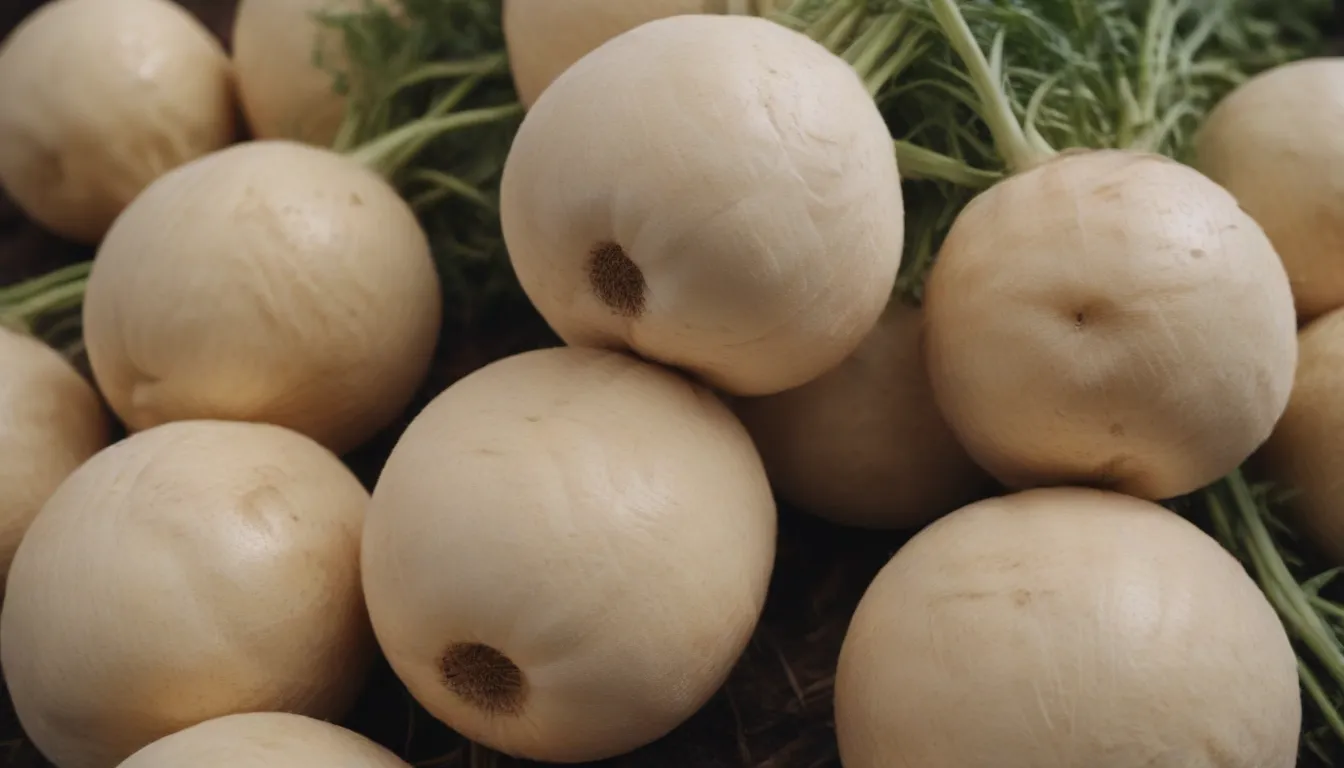
If you’re looking to add a unique and flavorful root vegetable to your garden, look no further than jicama. Native to Mexico, Central, and South America, jicama is a crispy, delicious vegetable that is surprisingly easy to grow. In this comprehensive guide, we will cover everything you need to know to successfully cultivate and care for this vigorous vine that can reach up to 20 feet in length. From planting to harvest, we’ve got you covered!
How to Plant Jicama
When to Plant
Jicama requires a long growing season, so it’s best to start seeds early in the year unless you live in a warmer climate. If your region experiences frost, it’s recommended to start seeds indoors 8 to 10 weeks before the last spring frost. Jicama plants thrive in USDA hardiness zones 10 through 12.
Selecting a Planting Site
Whether you choose to grow jicama in the ground or in containers, make sure to select a sunny location. Jicama plants require full sun to thrive.
Spacing, Depth, and Support
Plant jicama tubers 5 inches deep and space them 2 feet apart in rows that are 5 feet apart. If transplanting seedlings, space them 12 inches apart. Consider providing support for the plants to keep them off the ground, using options such as a net, wire fence, or bamboo tripod.
Jicama Plant Care
Light
Jicama plants thrive in full sun, but it’s important to note that the tubers are not produced until the days are shorter than nine hours toward the end of the growing season.
Soil
For best results, plant jicama in well-drained, loamy, sandy soil with a pH between 6.5 and 8.0. Avoid heavy, wet soils as they are not suitable for jicama growth.
Water
Consistent watering is crucial for jicama plants, as they do not tolerate dry soil. Water your jicama plants at the soil line to ensure they receive at least 2 inches of water per week.
Temperature and Humidity
Jicama plants thrive in hot weather with average to high humidity levels. Protect them from frost by growing in tunnels, greenhouses, or using cloches or portable cold frames in cooler climates.
Fertilizer
Avoid high-nitrogen fertilizers that promote leaf and stem growth. Instead, use a potassium-rich fertilizer about once per month during the growing season to encourage healthy root growth.
Pollination
Jicama plants are self-pollinating, but they can also be pollinated by insects.
Types of Jicama
There are two main species of jicama grown for consumption:
– Pachyrhizus tuberosus
– Pachyrhizus erosus
Jicama vs. Potato
While jicama and potatoes share some similarities, such as being root vegetables, they have several differences. Jicama is sweeter, larger, and has a crispier texture than potatoes. Additionally, jicama belongs to the legume family, while potatoes are members of the nightshade family.
Harvesting Jicama
Jicama roots are ready to harvest once the foliage has died off or before the first fall frost. Allow the tubers to develop fully before harvesting, but be sure to gather them before they reach more than 6 inches in diameter for optimal taste. Store harvested jicama in a cool, dark location to prevent it from becoming woody.
How to Grow Jicama in Pots
If you’re short on garden space, consider growing jicama in pots. Use a large container with well-draining soil, ensuring that the plants receive consistent moisture. Terra-cotta pots are a great option as they allow excess water to evaporate more easily.
Pruning
Regular pruning is essential for jicama plants to encourage dense growth. Pinch the growth tips and any flower buds to redirect energy to root growth.
Propagating Jicama
Save tubers from your jicama plants to propagate them for the next season. Store the tubers in a cool, dark place and plant them according to the instructions for planting jicama.
How to Grow Jicama From Seed
Propagation from seed is an option for cooler growing zones. Start jicama seeds indoors approximately 8 to 10 weeks before the last frost date.
Overwintering
Jicama is an annual crop that’s sensitive to cold weather. Be sure to harvest before the onset of frost in the fall or winter.
Common Pests and Plant Diseases
Jicama is relatively resistant to pests and diseases, but keep an eye out for aphids and bean weevils. Avoid overwatering to prevent root rot.
In conclusion, jicama is a unique and delicious addition to any garden. With proper care and attention to its needs, you can enjoy a bountiful harvest of this flavorful root vegetable. Try growing jicama in your garden this season and experience the joy of cultivating this versatile plant!
